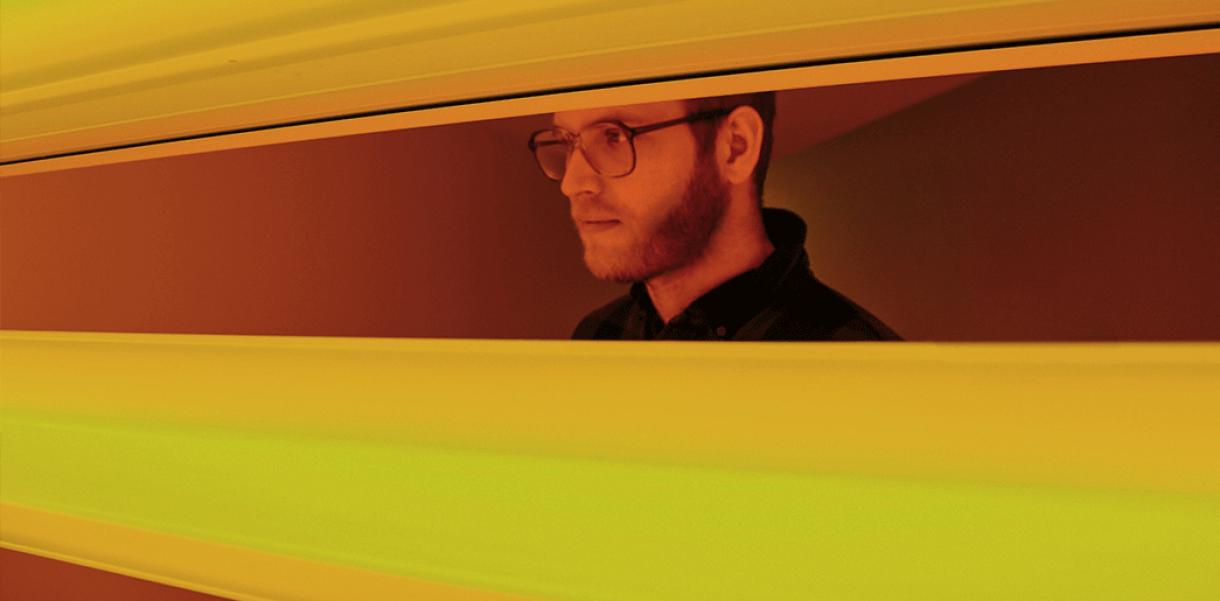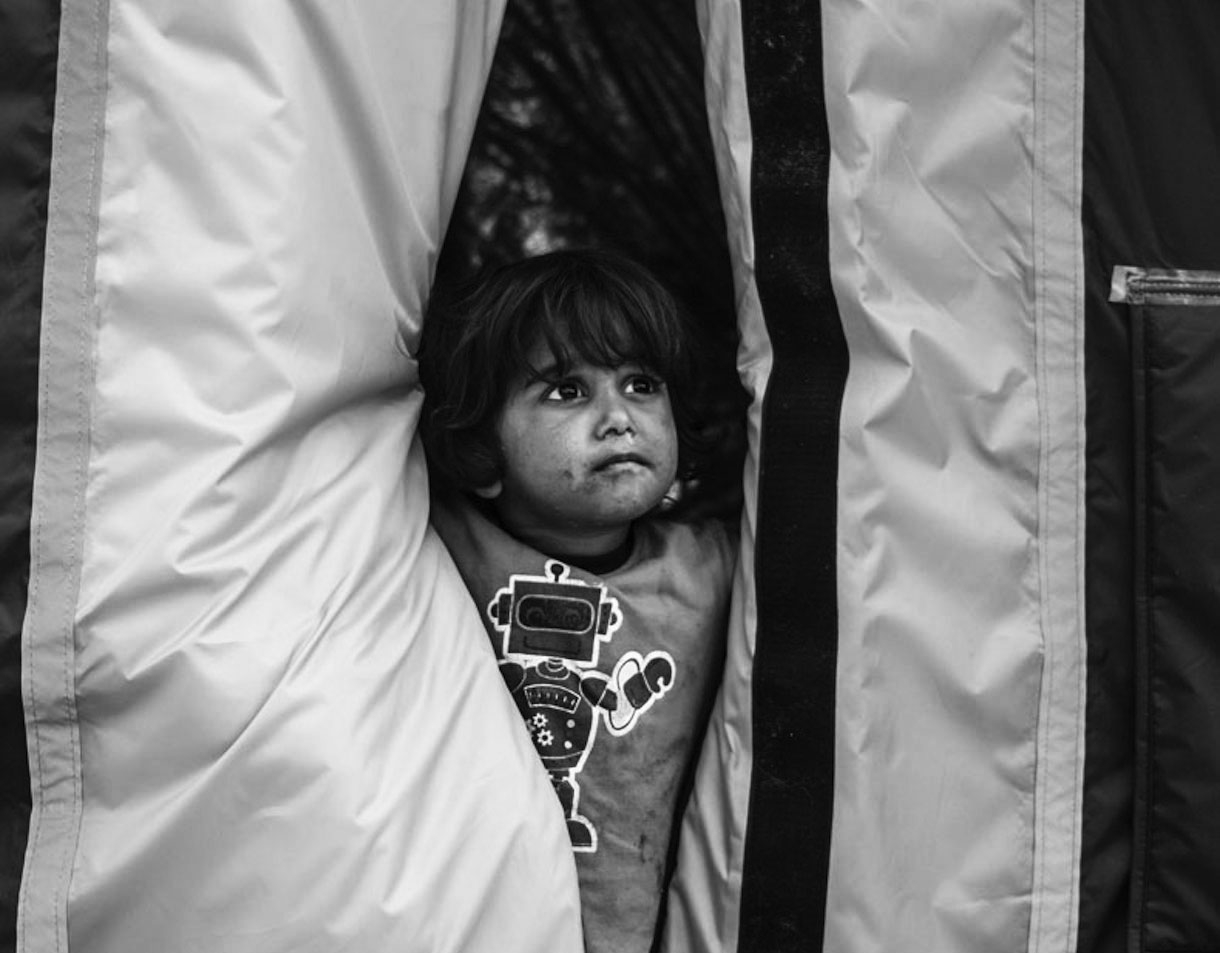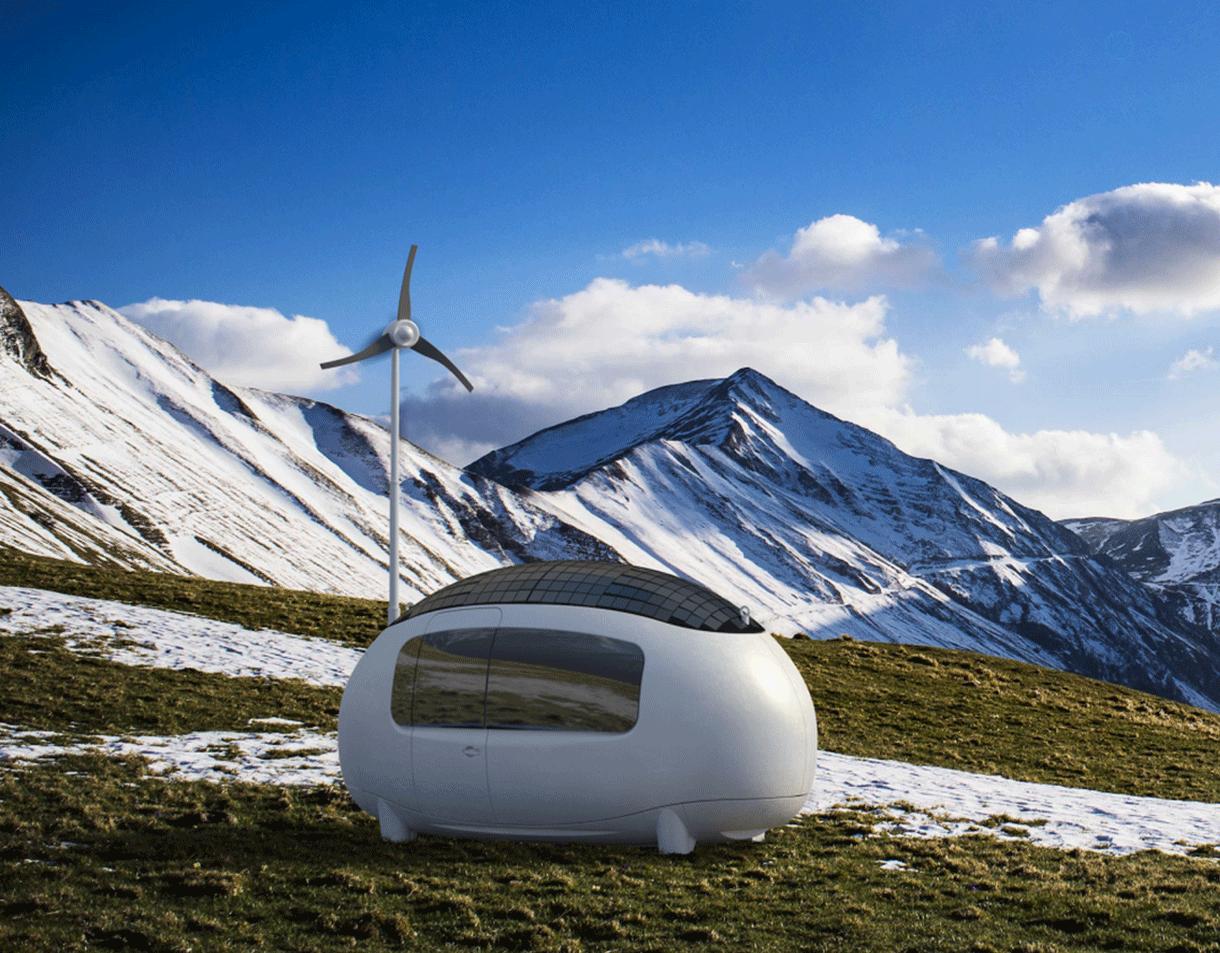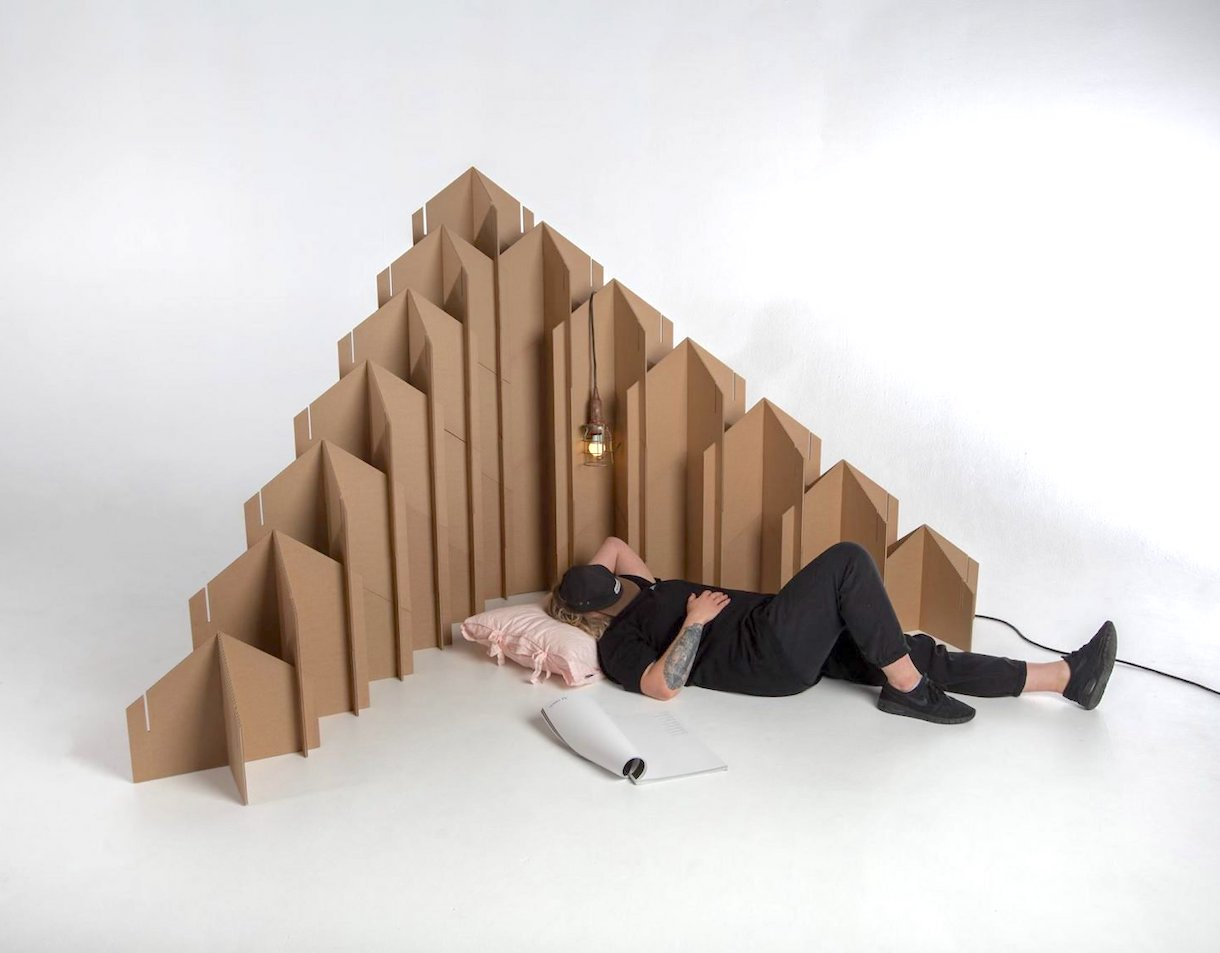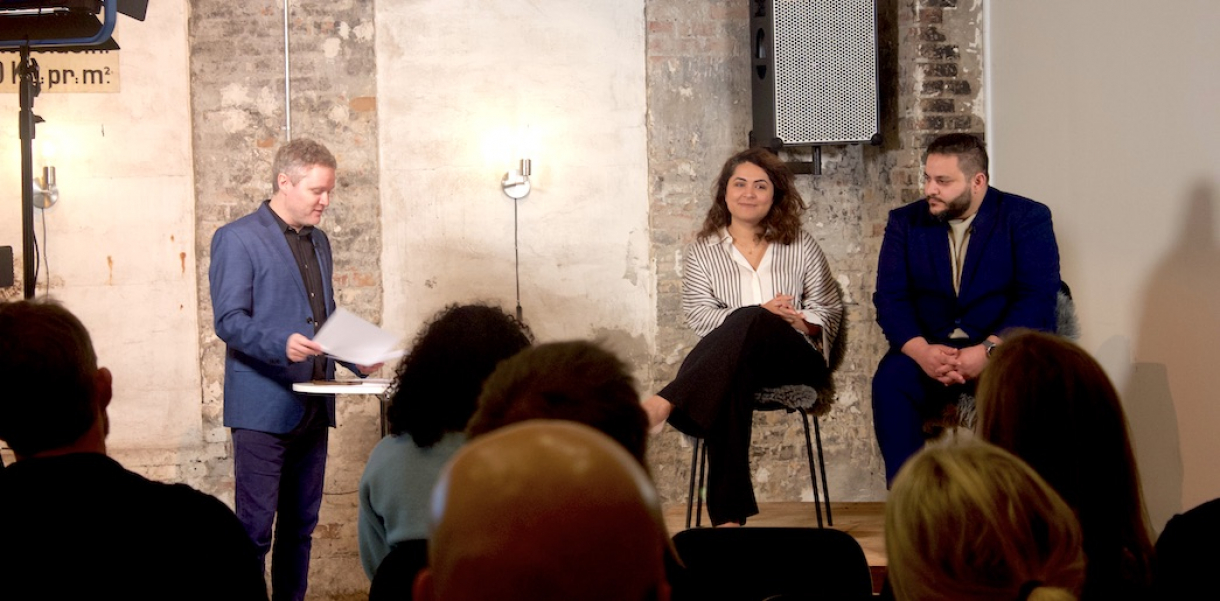Home is a space we tend to take for granted. But today, most furniture isn't designed inclusively, transitional housing is often subpar, and many still don’t even have a place to call home.
Creating access to or the feeling of home was a major trend among this year’s nominees. With more than 70 million people displaced, 15% of the world’s population living with disabilities, and an undefinable amount of people without adequate housing -- it's an overwhelming challenge to conquer.
Billionbricks are envisioning a world, where no one is homeless. Their weatherHYDE is a solar-heated tent-like shelter that protects its inhabitants from extreme surroundings. Made to be used in natural disasters, refugee camps or for the homeless in general it gives privacy and creates a safe space.
A group of Finnish students have found a thrifty solution to temporary furniture. Rehome is made from cardboard materials and can be produced in high volume rapidly at low cost. The furniture provides solutions for sleeping, storage and privacy for those in temporary housing.
Those who wish to be self-sufficient and independent from modern life, should look to Ecocapsule. This smart, self-sustainable micro-home is powered by solar and wind energy and lets its inhabitant live in remote places. Homes like these may be a novelty now, but a necessity in a world where more and more people are being displaced.
If you have established a home, it’s not worth much if it limits you. That’s how it feels for people with physical disabilities who can’t easily turn of their lamp, reach the highest shelf or sit on their couch. IKEA teamed up with Access Israel and Milbat to create ThisAbles: Free 3D-printed hacks for IKEA furniture like the MEGA SWITCH, EASY HANDLE or FINGER BRUSH.
-
Banner image: Mahdis Mousavi
